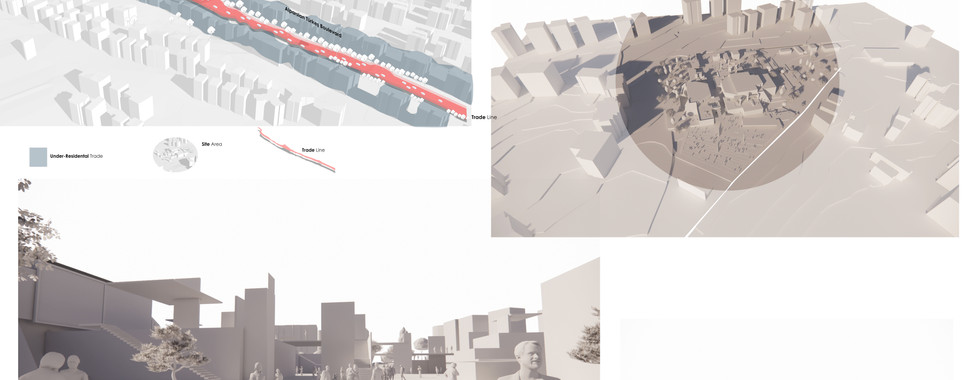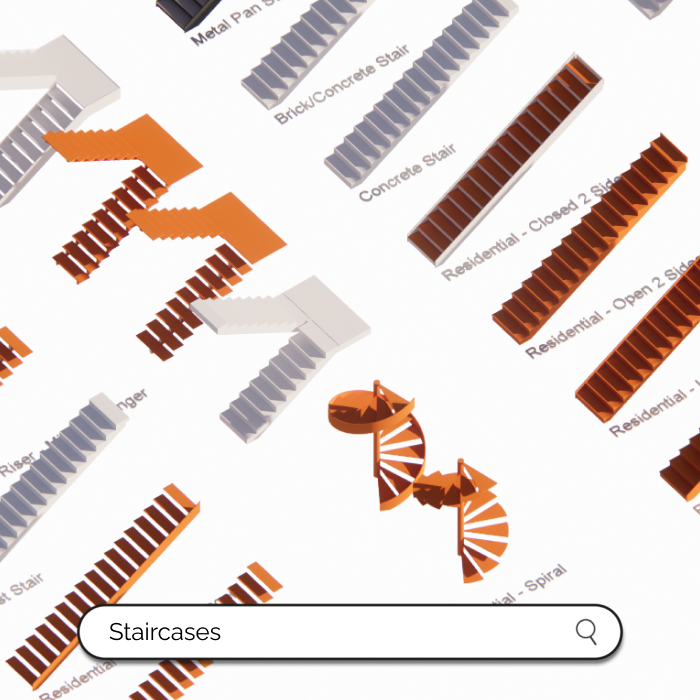A Social R&D Center for Society 5.0
- Archit Sethi

- Aug 7
- 2 min read

Type: Cultural Architecture / Social Infrastructure
Typology: Social Innovation Hub, Junction
Project Title: Yeni Nesil Kahvehane
Location: Onikişubat, Kahramanmaraş, Turkey
Site Area: 8000 m²
Project Type: Capstone Academic Project (Arch 402)
A cultural R&D center that reinterprets Turkey’s traditional coffeehouse culture as a space for knowledge-sharing, community interaction, and digital innovation in the context of Society 5.0.
Project Description
Set within the urban fabric of Onikişubat in Kahramanmaraş, Yeni Nesil Kahvehane reframes a time-honored social institution—the coffeehouse—into an adaptable cultural and social infrastructure for the digital age. Rather than treating it as a static typology, the project interprets the kahvehane as a Social R&D Center that supports media production, civic dialogue, informal learning, and shared cultural memory.
At its core, the project is driven by the principles of Society 5.0, emphasizing the intersection of digital technologies with human-centered public life. Designed as a capstone thesis, this speculative intervention leverages architecture as both medium and message—blurring traditional boundaries between gathering, making, and learning.
The program includes podcast studios, printing labs, gardens, exhibition zones, and modular roof structures—creating a multi-functional civic node that welcomes both structured programming and spontaneous occupation.
Spatial & Programmatic Highlights
Basement Print Center: A hands-on media lab where users produce zines, posters, and civic graphics—fusing analog methods with digital discourse.
Inner Garden: A transitional courtyard that enhances natural cooling and daylight while serving as a reflective social pocket.
Rooftop Event Terrace: Defined by a bold red steel frame that can adapt to various formats—canopy, screen, stage—enabling workshops, screenings, and open-air talks.
Design Language & Architectural Thinking
Inspired by Bernard Tschumi’s “Event-Cities,” the architectural expression is built around activity rather than form. Modularity is not only a technical strategy but a philosophical one: architecture is designed to evolve with its community, not constrain it.
The red rooftop grid becomes an architectural device—programmable and responsive, rather than ornamental. Circulation patterns are deliberately open-ended, drawing from deconstructivist theory while remaining publicly legible and inclusive.
In place of a rigid, symbolic structure, the space becomes a tool for cultural production, urban dialogue, and civic co-creation.
Architectural Ethos
The project addresses vital architectural questions:
How can civic spaces evolve with digital participation?
Can traditional typologies be reclaimed as contemporary platforms for community empowerment?
What role does architecture play in enabling informal knowledge exchange?
Through this project, Yasemin Pehlivan proposes an urban platform that honors cultural memory while imagining future civic possibilities.
Project by:
Yasemin Pehlivan (Instructor: Prof. Dr. Burak Asiliskender)


































Comments